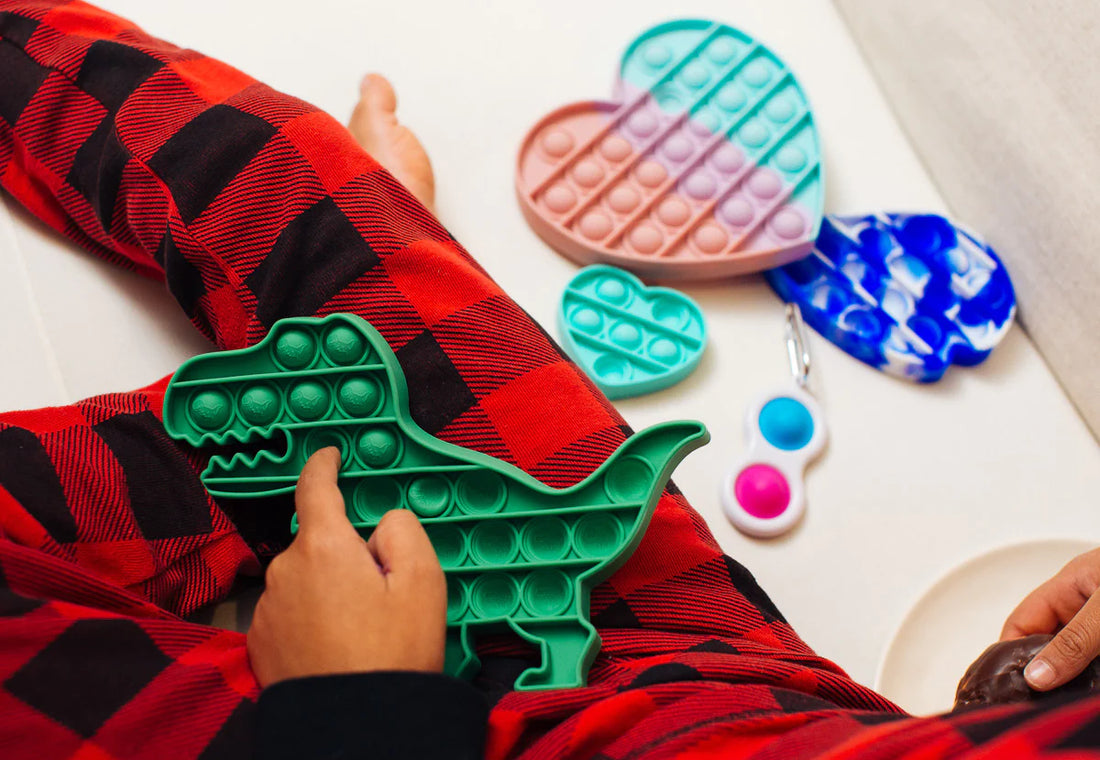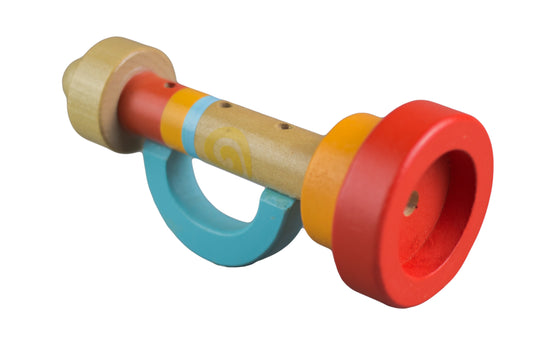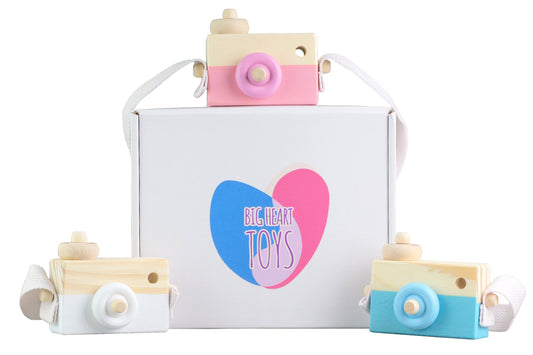In an increasingly fast-paced world, the search for simple yet effective stress-relief solutions has led many to embrace pop it fidget toys. These seemingly unassuming, colorful, and fun toys have surged in popularity among people of all ages. Beyond their vibrant appearance and tactile appeal, pop it fidget toys offer benefits that extend beyond the realm of simple distraction.
Whether you have a child seeking sensory stimulation or are an adult looking for a discreet stress buster, you'll find that these tactile devices have much to offer.
What Are Pop It Fidget Toys?
Pop it fidgets are tactile, sensory toys designed to provide stress relief and multisensory engagement. They are typically made of silicone with bubbles that “pop” in and out, mimicking the feeling of bubble wrap. These fidget toys come in a variety of shapes, sizes, and colors, making them visually appealing as well.
Pop its are versatile, as they help children manage stress and anxiety and focus in certain situations. Their silent, non-disruptive nature makes them suitable for public spaces, and they've become a favorite among students, adults, and children with sensory processing needs.
Why Are Fidget Toys Important for Children With Autism?
Fidget toys are invaluable for children with autism as they often experience sensory processing challenges. Fidgets can provide a sensory outlet, helping neurodiverse children regulate their sensory experiences. The tactile feedback of these toys can be calming and soothing, which is especially crucial when dealing with heightened sensory sensitivity.
Anxiety and stress management is a common concern for many children with autism. Fidget toys serve as a constructive way for them to redirect their nervous energy and reduce anxiety. The repetitive, rhythmic movements and tactile sensations can be calming, providing a focus point that helps alleviate stress and restlessness.
Fidget toys also play a pivotal role in enhancing attention and focus. Children with autism may struggle with keeping their attention on tasks or navigating social situations. Fidget toys offer a non-disruptive, socially acceptable means of self-regulation. These toys can improve concentration and task completion by allowing children to engage their tactile senses while still participating in various activities.
The 10 Benefits of Pop It Fidget Toys
Pop It fidget toys have taken the world by storm with their versatile appeal. While often considered a simple source of amusement, these unassuming toys offer a wide array of benefits for children with autism.
1. Improving Focus and Concentration
Popping toys offer a discreet and effective way to enhance concentration. The act of pushing and popping bubbles is a rhythmic and calming activity that can help individuals stay on task and maintain focus.
For little ones, fidgets provide a non-disruptive way to keep hands busy so their minds can focus.
2. Helping in Sensory Therapy
Pop it toys are valuable tools in sensory therapy. They offer tactile stimulation, making them suitable for individuals with sensory processing challenges, such as those with autism. The sensory input from these toys can help regulate emotions.
3. Enhancing Fine Motor Skills
Pop it fidget toys contribute to the development of fine motor skills by engaging users in activities that require precision, strength, coordination, and control of their fingers and hands.
These toys offer a fun and engaging way to work on these skills, making them particularly valuable for children's development.
4. Stimulating Tactile Input
These toys stimulate tactile input through their varied textures, temperature sensations, pressure feedback, and auditory cues, allowing sensory exploration.
This tactile engagement can be both enjoyable and therapeutic, making these toys appealing to individuals seeking sensory stimulation and relaxation.
5. Reducing Anxiety and Stress
Pop its are a convenient and affordable self-soothing tool. The tactile stimulation is calming and comforting, while the rhythmic action is meditative and reduces feelings of anxiety.
These toys also encourage mindfulness — being fully present in the moment and aware of one's actions. This practice can help reduce stress by promoting relaxation and mental clarity.
6. Encouraging Patience
Patience is a virtue cultivated through repetitive actions, such as waiting to pop the next bubble. Pop it toys can teach patience and self-control. More than just the act itself, using fidgets can help with feelings of eagerness and impatience.
7. Promoting Independent Play
Pop it fidget toys are self-contained and require no external power or participants, making them ideal for independent play, which reduces dependency while promoting autonomy.
Independent play also fosters creativity, confidence, emotional regulation, problem-solving, resilience, time management, and social skills.
8. Improving Emotional Regulation
The tactile and sensory stimulation these toys provide can aid in emotional regulation. They offer a healthy and non-disruptive outlet for managing emotions and stress.
They are an excellent tool to build independence, as children and adults alike can carry them with them to use as needed. This helps children recognize when they need emotional regulation and gives them a quick solution to access immediately.
9. Providing a Non-Destructive Outlet for Compulsions
Many children deal with compulsive behaviors, such as repetitive actions or rituals. Pop it toys offer a non-destructive and socially acceptable way to redirect these compulsions, providing a healthier outlet for the need to engage in repetitive actions.
10. They’re Accessible and Affordable
Pop it toys are discreet and portable, making them easy to carry and use in various settings. This convenience allows children to have a readily available coping mechanism. Along with their accessibility, they are also incredibly affordable, making it easy to have multiple toys for different occasions.
How Can Parents Introduce Pop It Fidget Toys to Their Child?
Introducing pop it fidget toys to your child can be a thoughtful and constructive process. To make the transition smoother, consider a few helpful tips.
First, a gradual introduction is key. Allow your child to explore the toy at their own pace, avoiding any pressure. Demonstrate how to use it initially to provide a clear example, but also encourage them to find their own ways of engagement.
Creating a routine around fidgets can be beneficial. By incorporating it into their daily activities, like study breaks or quiet time, your child can learn to associate the toy with relaxation and focus. You can further motivate them by pairing the use of the toy with small rewards to reinforce its positive impact.
Integrating pop its into pretend play or other activities can make it more enjoyable and normalize its use, fostering a sense of comfort and familiarity. Above all, patience is crucial. Each child adapts differently, so allowing them the time to acclimate and find their own comfort level with the toy is essential.
The Bottom Line
Pop it fidget toys offer a multitude of benefits that extend beyond mere entertainment. They serve as versatile tools for enhancing focus and concentration, aiding in sensory therapy, improving fine motor skills, and stimulating tactile input. These toys also play a crucial role in encouraging patience, promoting independent play, and improving emotional regulation.
Whether for a child seeking sensory stimulation, an adult looking to manage stress, or someone seeking a discreet and versatile tool, pop it fidget toys have something valuable to offer.
If you need popping toys for tactile engagement and therapeutic benefits, try Big Heart Toys’ fidget and pop toys kit. We also offer a full range of other toys beneficial for children with autism.
Sources:
Sensory Processing Issues Explained | Child Mind Institute






